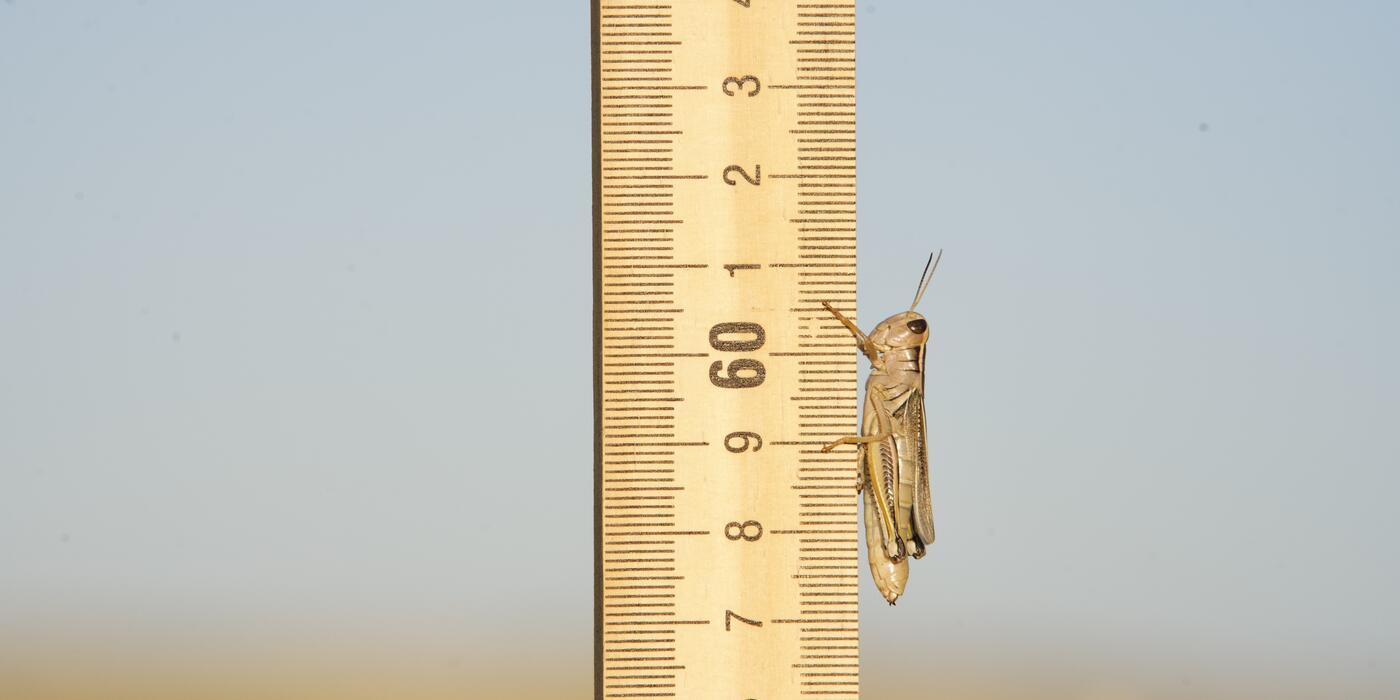All Atwitter About Drones
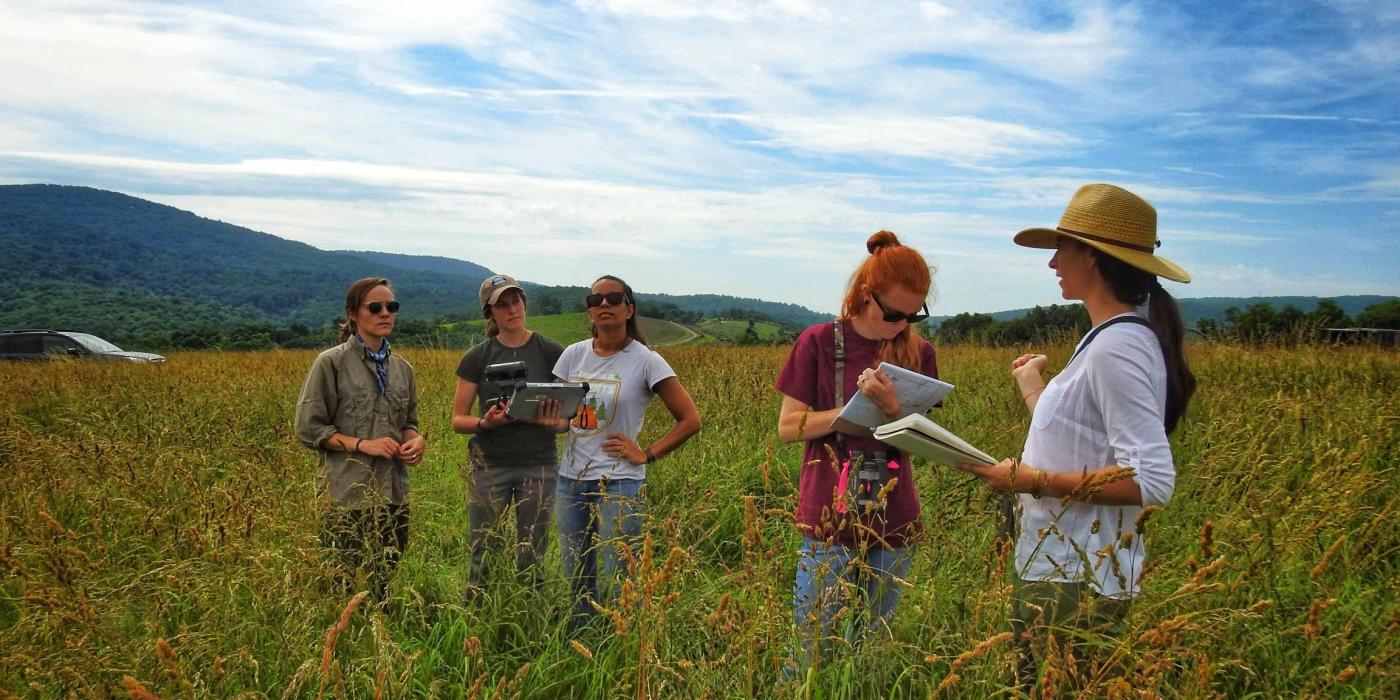
Did you know: grassland birds incubate their nests around 86 degrees Fahrenheit — hot enough for a drone outfitted with a thermal camera to detect. Virginia Working Landscapes and students at James Madison University are working together to take a 21st-century approach to monitoring a species that is rapidly disappearing. Get the scoop from Smithsonian Conservation Biology Institute (SCBI) ecologist Amy Johnson.
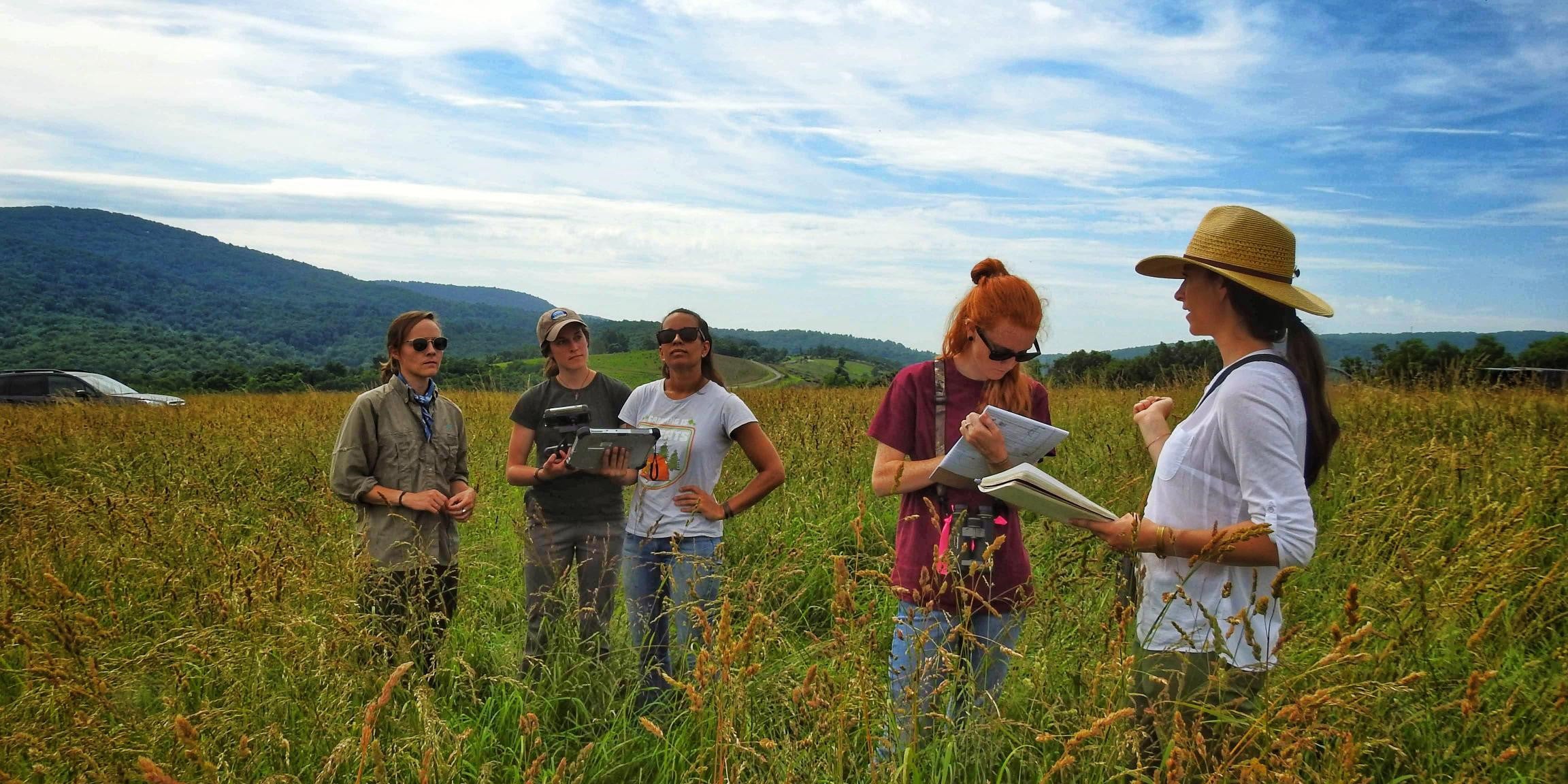
What would surprise people to know about grassland birds?
These birds often don’t receive as much attention as other migratory species, but they are declining at a higher rate than any other group of birds. For many species, their nesting mortality rate can be as high as 94 percent.
Why is that number so high? One reason is climate change. Grassland birds lay their nests on the ground. So, when a field is flooded due to extreme weather events—like the rain we saw this past May—it can prevent nesting.
Other disturbances are human driven. We work closely with landowners through our Virginia Working Landscapes program to provide guidance on modifying land management practices to protect grassland bird habitat. For example, technology makes it easier for humans to hay fields earlier, faster and with greater frequency. But, landowners who hay their fields before June 15—prime nesting season—run the risk of disturbing the grassland birds’ nests.
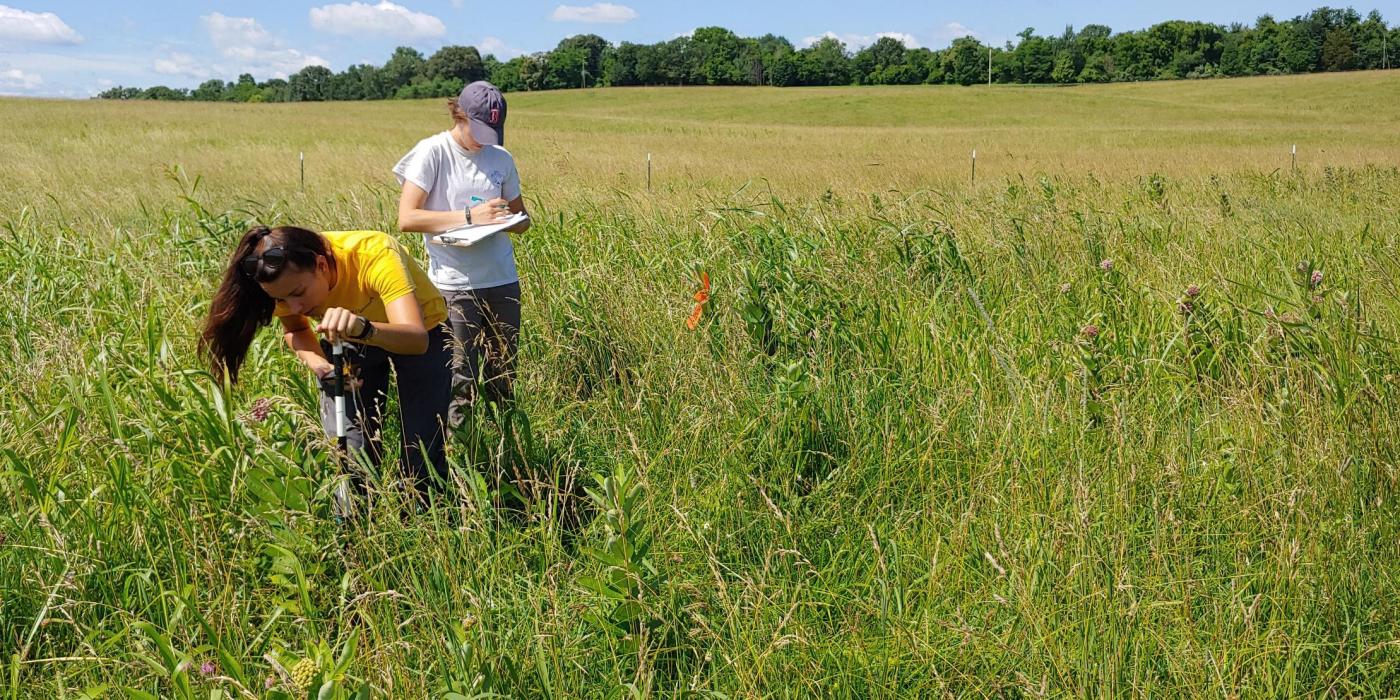
How did the idea to monitor grassland birds with drones come about?
I have always been interested in knowing whether we could use drones to quantify grassland bird nesting in the field. In January, a former colleague of mine who is a professor at James Madison University (JMU) reached out because he was co-teaching a course called “Conservation Drones.” The JMU X-Labs class brings together students from several different disciplines who create drones to try to solve a conservation problem.
It was wonderful working with a team of students from so many disciplines. The engineering students came up with the design for the drone; the biology students supported the design of the study; and the communications student made great infographics to help communicate the goals and objectives of this study to the public. It shows that conservation really is a field for everyone, and it needs people of all backgrounds and expertise to make these projects successful. JMU biology student Kristen Grimshaw worked closely with me in the spring and stayed through summer to initiate this research using the drone they developed during the spring semester.
My Conservation Ecology Center colleagues Jared Stabach and Sarah Macey are essential partners in this project, providing technical expertise on using this emerging technology for conservation purposes as part of the Movement of Life initiative.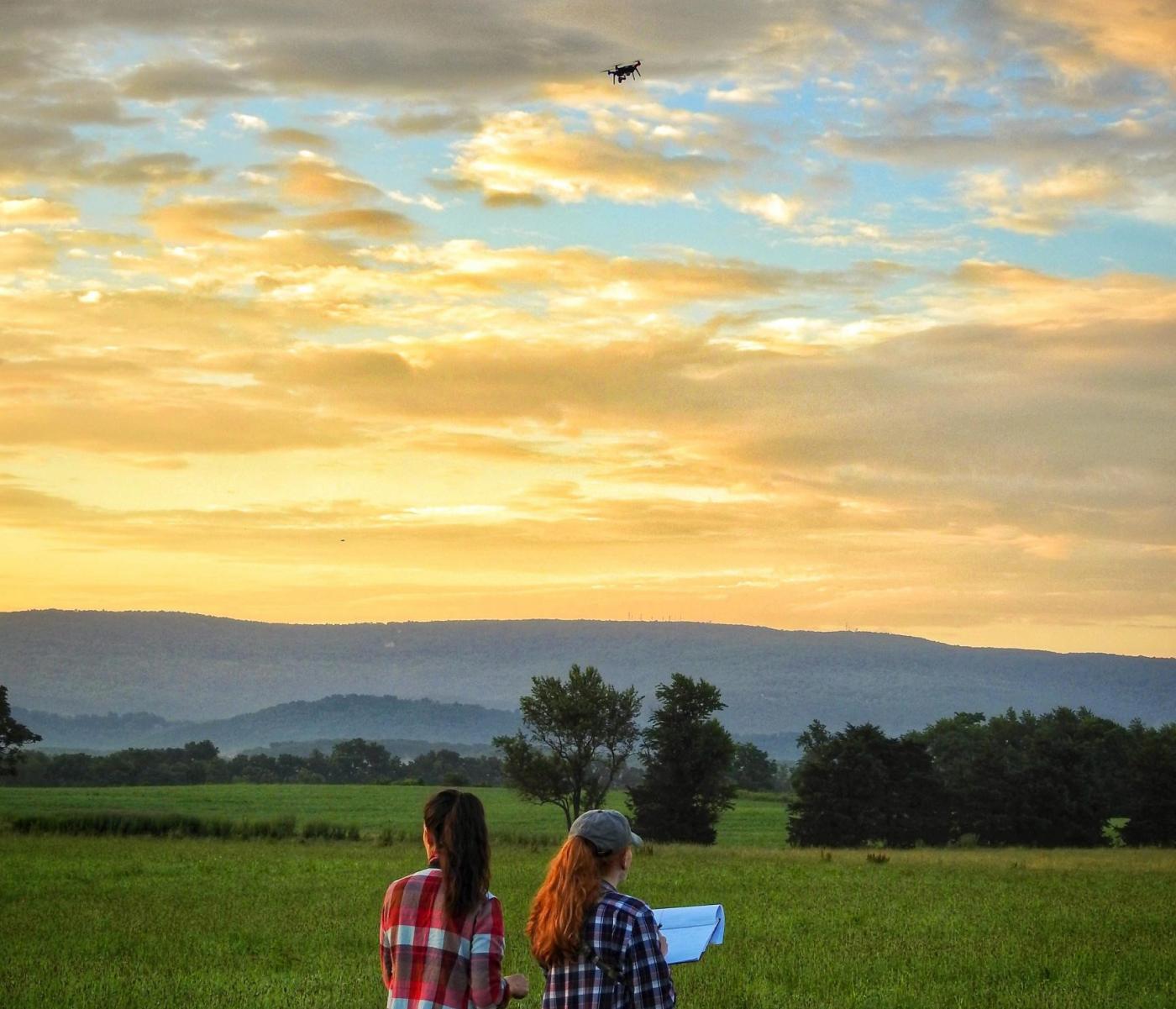
How can drones help scientists and landowners detect birds?
The traditional method for counting nests requires human surveyors to walk through fields looking for nests. As you can imagine, this process is labor intensive and it can be disruptive to birds that are nesting. Using a drone to fly over a field and detect nests means we could cover more ground in less time. One of the aims of our study is to determine the extent at which drone use disturbs nesting birds. For example, flying at a higher height above the field may minimize disturbance.
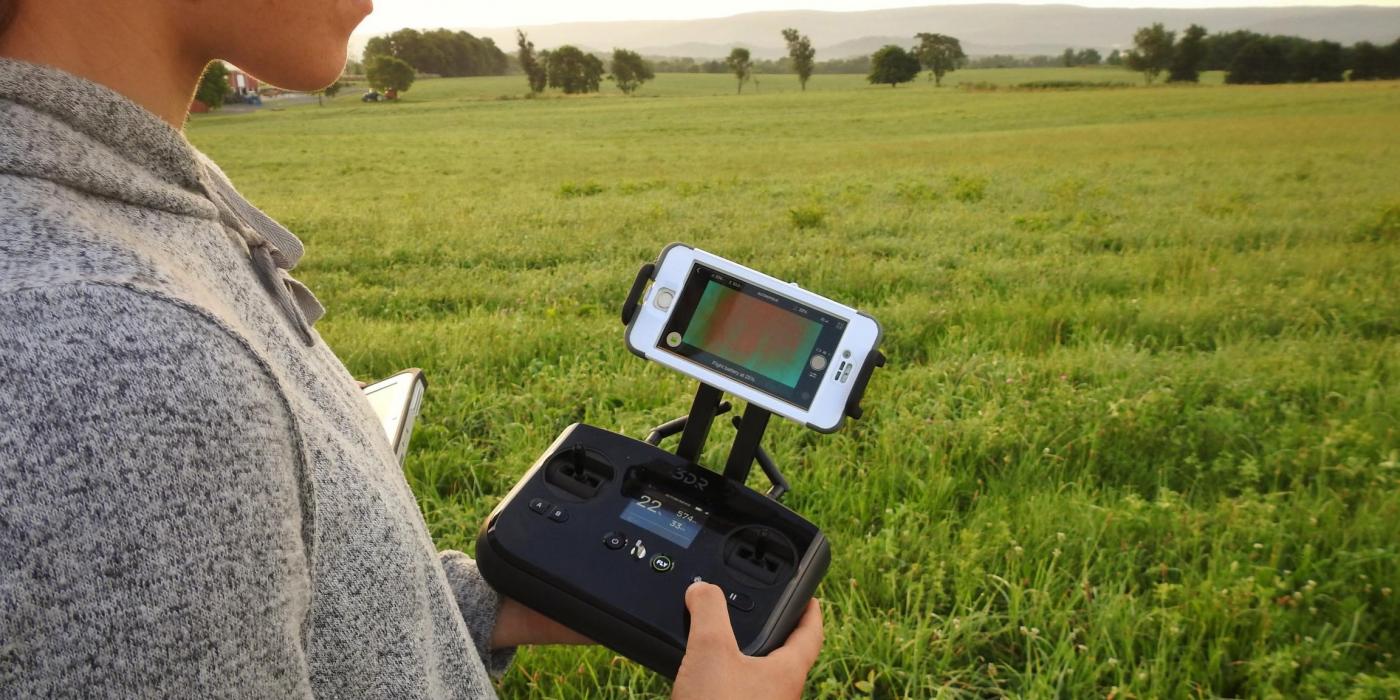
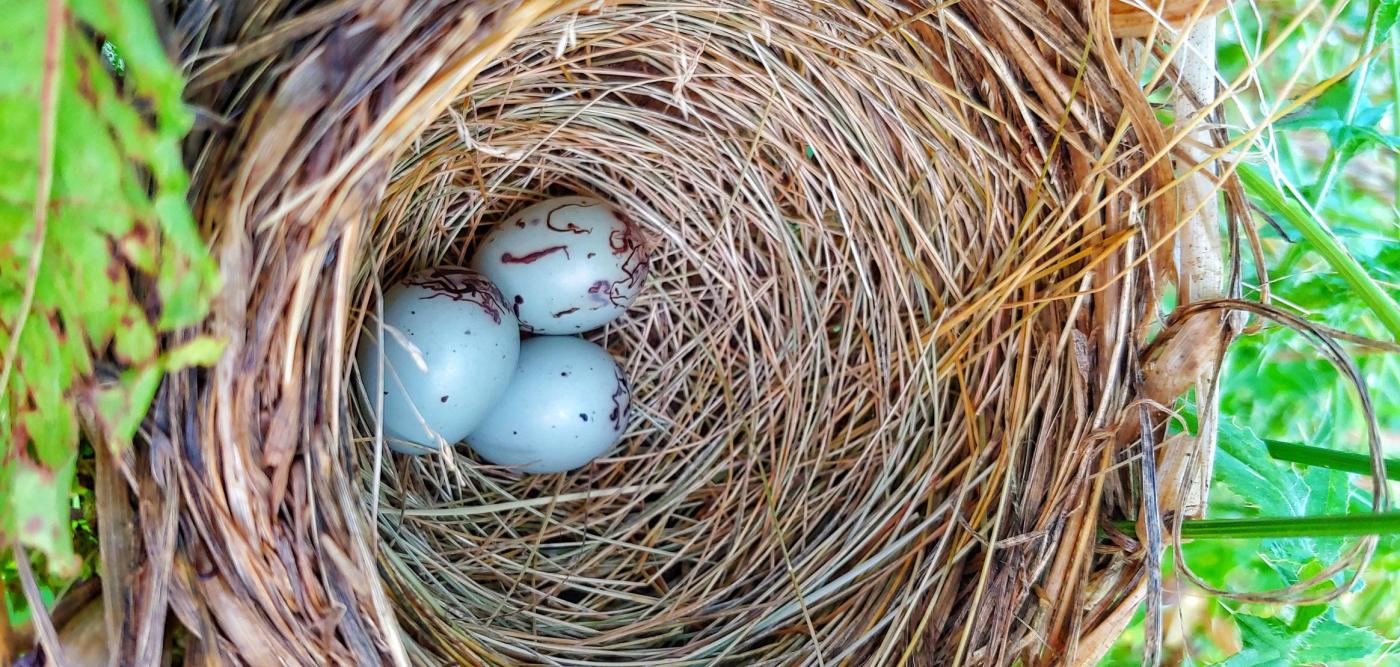
How can drone technology help specific recovery projects?
Some of these species are declining more than others. Down the road, we want to test if we can use machine-learning techniques to identify nests of distinct species.
Less than 60 Florida grasshopper sparrows remain in the wild. Unfortunately, that population has also been hit with disease, and there is a real concern that the species could go extinct in the next couple of years. Their nests are really tiny and difficult for even human surveyors to find. If this technology becomes available and we can share it with biologists to identify where these remaining grasshopper sparrows are nesting, it could really help save the species. For example, drones could be used to identify nests under threat from flooding.
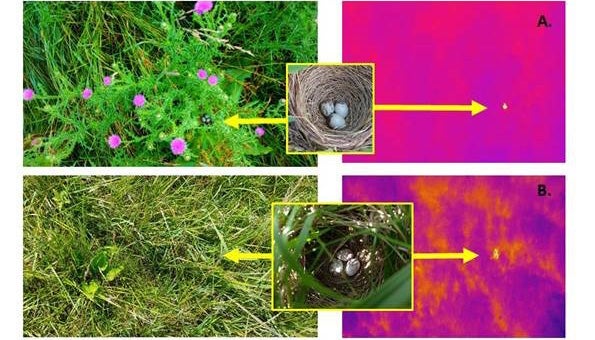
How did you test this technology?
The students began developing the drones toward the end of winter. At that time, the grassland birds were not nesting. So, we decided to use hot hands—the heat pads you put in your gloves to keep your hand warm in the winter. They heat up to 86 degrees Fahrenheit, which is approximately the same temperature as a female incubating a nest.
By spring, the students outfitted a drone with a thermal camera so that they could use thermal energy to detect the heat pads on the cold ground. Because the grasses were dormant at that time and the field was fairly flat, they were pretty easy to detect. During nesting season in May and June, the grasses are much taller, and the structure of the vegetation could obstruct the camera’s ability to detect nests. This summer, we are flying over fields where we know we have nesting birds to see if the thermal camera is able to pick them up.
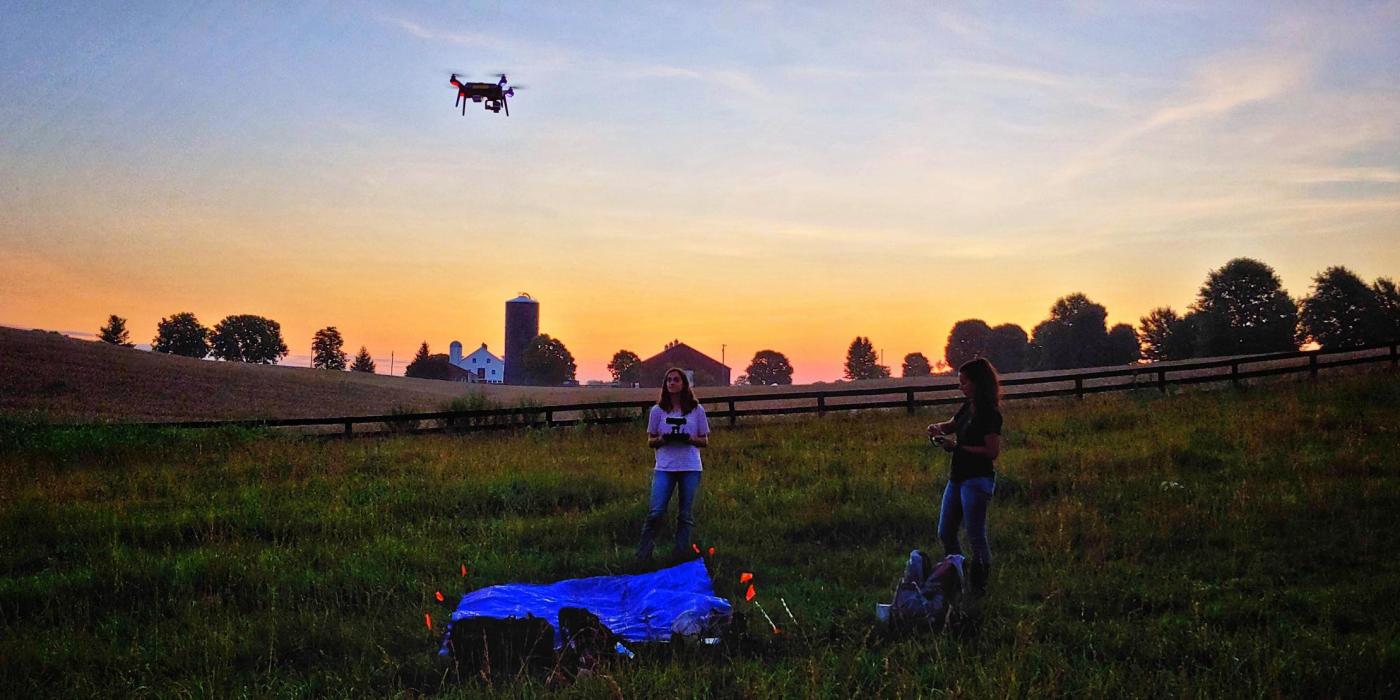
Why are birds so important to the grasslands?
Birds are important for ecosystem function, as they help with pest management, pollination and seed dispersal.
They are also great indicator species for ecosystem health overall as far as the diversity of these grasslands. An ecosystem that is rich in species diversity, with multiple functional groups interacting, is more resilient to change.
A lot of our grasslands and croplands are managed in monocultures, i.e. one type of grass or vegetation. The fewer species of plants present, the fewer insect and bird species you have interacting with each other within that ecosystem. The more diversity of vegetation and associated insect species you have, the more birds you have associated with those habitats.
This story appears in the July 2018 issue of Smithsonian Conservation Biology Institute News.
